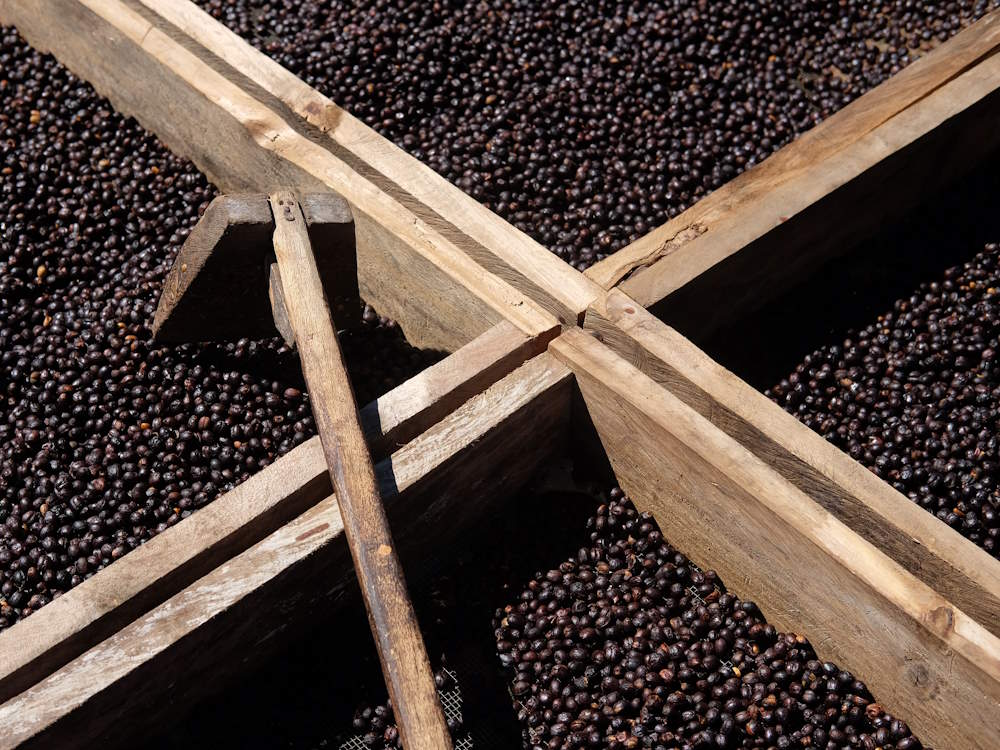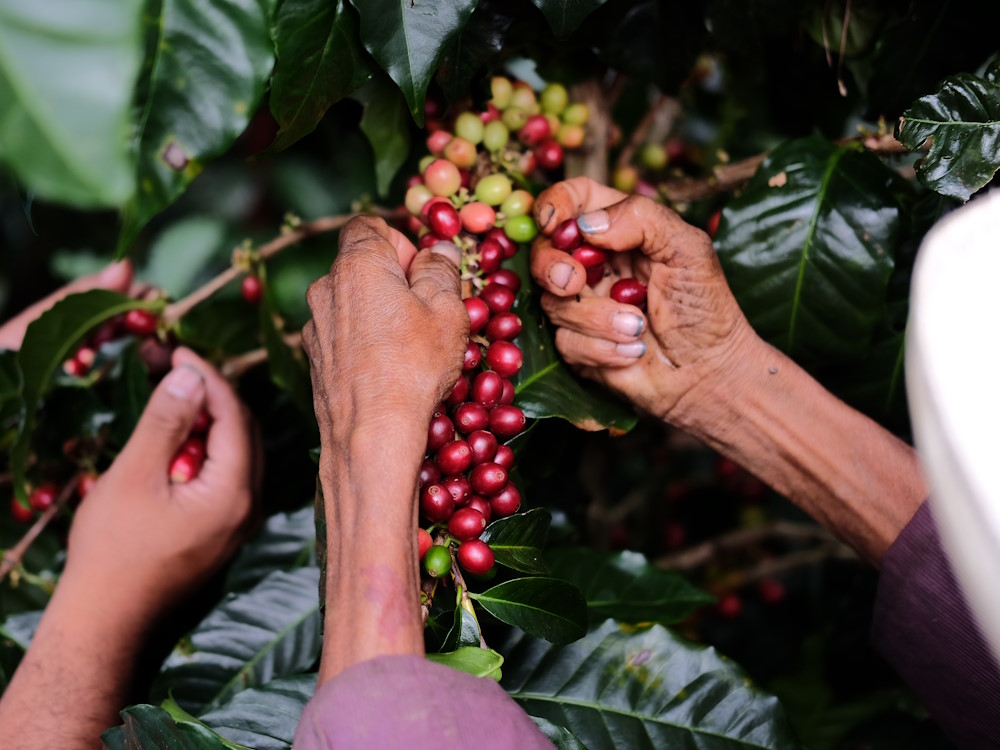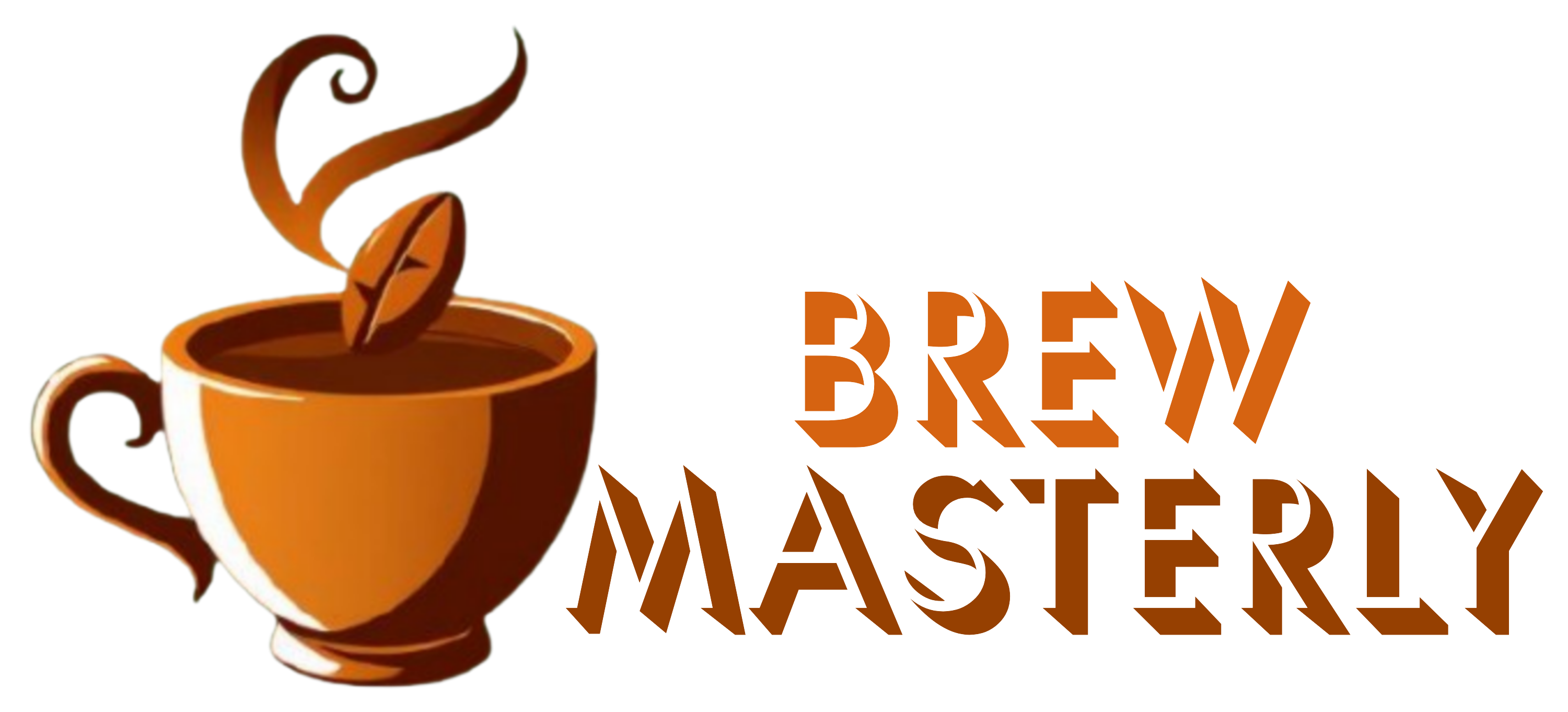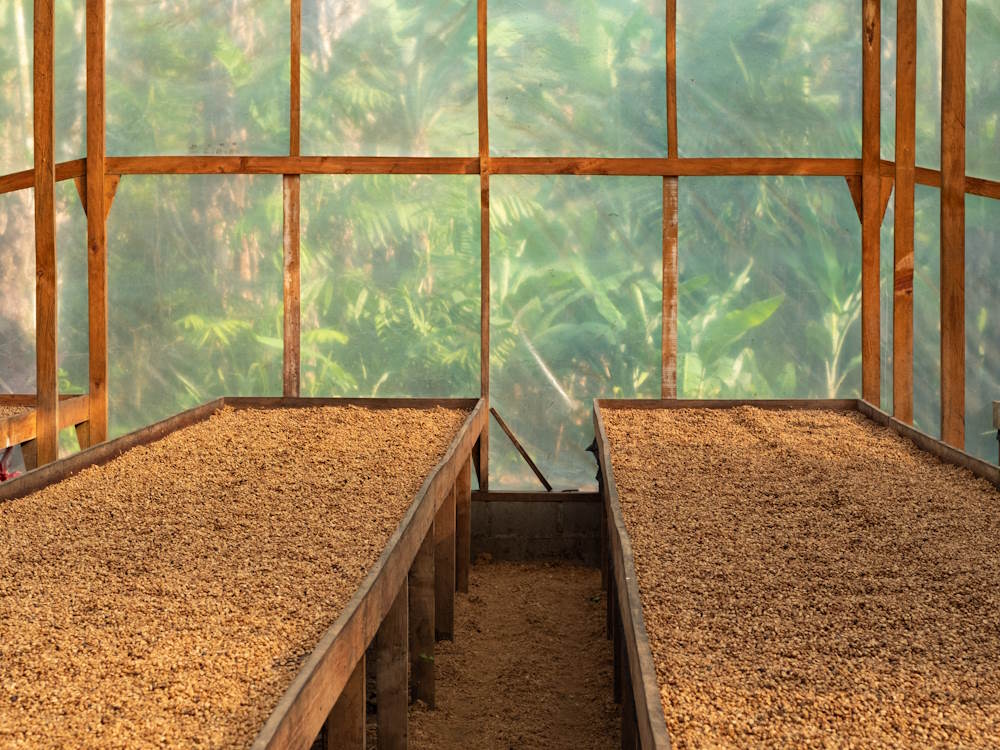Specialty coffee’s proclivity for micro lots is well known. As single origin coffees gained prominence in the industry, ensuring traceability and highlighting unique characteristics became a key part of many roasters’ marketing strategies. Micro lots often underpinned these values and continue to do so today.
However, in recent years, against a backdrop of high market prices and rising inflation, more and more roasters have shifted to higher-volume specialty lots. These coffees allow businesses to manage costs better while also staying competitive in a market that still demands exclusivity – albeit on an increasingly smaller scale.
But recent data indicates a different trend. According to the Specialty Coffee Transaction Guide, the total share of contracts representing lots less than 1,000 lbs (about 6.5 bags) increased from 19% to 25% from 2016 to 2023.
So how is demand for these coffees shifting? To learn more, I spoke to Bram de Hoog, founder of Paso Paso, and Felix Tereitzbacher, founder of Kaffeelix and the 2022 World Coffee Roasting Champion.
You may also like our article on why fewer roasters are offering limited-edition coffees.
How micro lots became synonymous with specialty coffee
Traceability is a tenet of specialty coffee. As consumers want to know more about where their coffee comes from, micro lots have emerged as a viable way to showcase roasters’ transparent sourcing practices.
Although there’s no universally accepted definition, a micro lot is usually a coffee sourced from a single plot of land on a farm. These plots are often considered the “best” areas of the farm, with optimal growing conditions that allow the coffee’s unique characteristics to shine through.
Definitions, however, can vary from country to country. Bram de Hoog is the founder of Paso Paso, a farmer-owned coffee collective in Hannover, Germany. He explains how the trade and production structures of different origins can reshape expectations of what a micro lot really is.
“For me, a micro lot must be a special sub-set of a larger lot,” he says. “This can range from a single producer from a co-op in Costa Rica that produced a higher-quality coffee to an entire village within a region of Ethiopia that grew a better quality lot to a special variety selection from an estate in El Salvador. The key is that it stands out against the backdrop of a larger production.”
To market these coffees effectively, roasters highlight their desirable flavour profiles, which in turn, allows them to differentiate their brand from other competitors. Moreover, given the small size of micro lots, roasters can emphasise that these coffees are available for a limited time only or until stocks last – which only adds to their perceived value and exclusivity.
Felix Tereitzbacher is the founder of Kaffeelix, a roaster in St Pölten, Austria, and the 2022 World Coffee Roasting Champion. “Micro lots are sometimes a rare or new variety, and producers often like to use different processing methods that result in new aromas and flavours,” he says.

The market value of these coffees
As the name suggests, micro lots are often limited in availability, making them rare and exclusive. This means producers can receive a higher price for these coffees while roasters can sell them for more money than their other offerings.
“Even smaller cities are home to multiple specialty coffee roasters nowadays,” Bram says. “Each one needs to stand out, and purchasing micro lots is one way to do that.
“Producers’ expertise has grown immensely over the years, so they can scale micro lot-style coffees at a lower cost,” he adds. “It’s one of the few ways to be profitable, especially for smaller-scale producers.”
Premiumisation has been a huge driver of this growth. This is the process by which roasters sell exclusive, rare, and superior-quality coffee to drive brand appeal and increase prices, typically in more mature markets. Ultimately, this adds a greater sense of value for the buyer and makes them willing to pay more.

A shift away from micro lots?
In the late 2010s, the market price for coffee reached the lowest levels in over a decade. This allowed roasters to leverage low prices and source more micro lots and rare coffees in a bid to stand out against competitors.
But fast forward to today, and a record C price, inflationary pressures, and market volatility mean roasters’ margins are tighter than ever. To manage costs, more and more roasters have opted for blends and affordable, larger-sized specialty-grade lots. Both of these products offer consistency and familiarity, which have been driving the market for the past few years as consumers become increasingly price-conscious.
Recent data, however, indicates that this narrative may not be entirely accurate. The Specialty Coffee Transaction Guide – a collaborative initiative that uses data from more than 100 coffee companies and organisations for over 50,000 coffee contracts – found that demand for lots smaller than 1,000 lbs had increased by over 30% from 2016/17 to 2022/23.
It’s important to note that the market for micro lots is niche and always will be, which ultimately limits just how much it can grow. But Bram offers a different perspective on how sourcing practices have shifted.
“The coffees that are losing ground are the more middle-ground specialty coffees like the 83/84-point regional blends,” he says. “Some five to ten years ago, they were marketed as specialty single origins, but micro lots have now taken their place.
“Simply put, many roasters opt for either an extremely high-quality coffee of 86+ points or a cost-effective option at 82 points.”
Consumer demand has undoubtedly shifted
By their very nature, micro lots are produced in smaller volumes, and this exclusivity drives interest and demand in the coffees. In turn, scaling the production of these lots could potentially diminish their value.
“It’s easier for consumers to understand that a coffee is exceptional if there’s a limited supply and that quality stems from special treatment or selection,” Bram tells me. “Most consumers want a variety of options from roasters. The popularity of experimental processed and new varieties has shown there is a demand for more premium coffees that are high quality and limited quantity.”
Felix agrees, highlighting the importance of diverse offerings.
“If you’re mainly roasting blends, you can highlight your offerings with some micro lots,” he says. “Some of my clients want to have the same coffee every day for the whole year, while others ask almost weekly what’s new or upcoming. For our roastery, micro lots are a good opportunity to provide this mix to our customers.”
Bram believes micro lots will continue to be popular and could be part of premium blends in the future.
“I foresee micro lots developing into nano lots with very limited availability, as well as ‘macro lots’ where producers scale special processing that helps improve quality,” he says. “These coffees could be used as single origin espresso or high-end blend components.”

Despite rising coffee prices and business costs, recent data indicates demand for micro lots hasn’t fallen – but preferences are shifting.
In an ever-changing specialty coffee industry, consumers want choice. While some prefer the comfort and familiarity of blends, others prioritise new flavour experiences. At the same time, some consumers want a mix of both – meaning roasters need to offer diversity.
Enjoyed this? Then read our article on how ultra-rare varieties rise and fall.
Photo credits: Paso Paso
Perfect Daily Grind
Want to read more articles like this? Sign up for our newsletter!
The post Market data shows micro lots aren’t going out of style – however, demand is shifting appeared first on Perfect Daily Grind.

